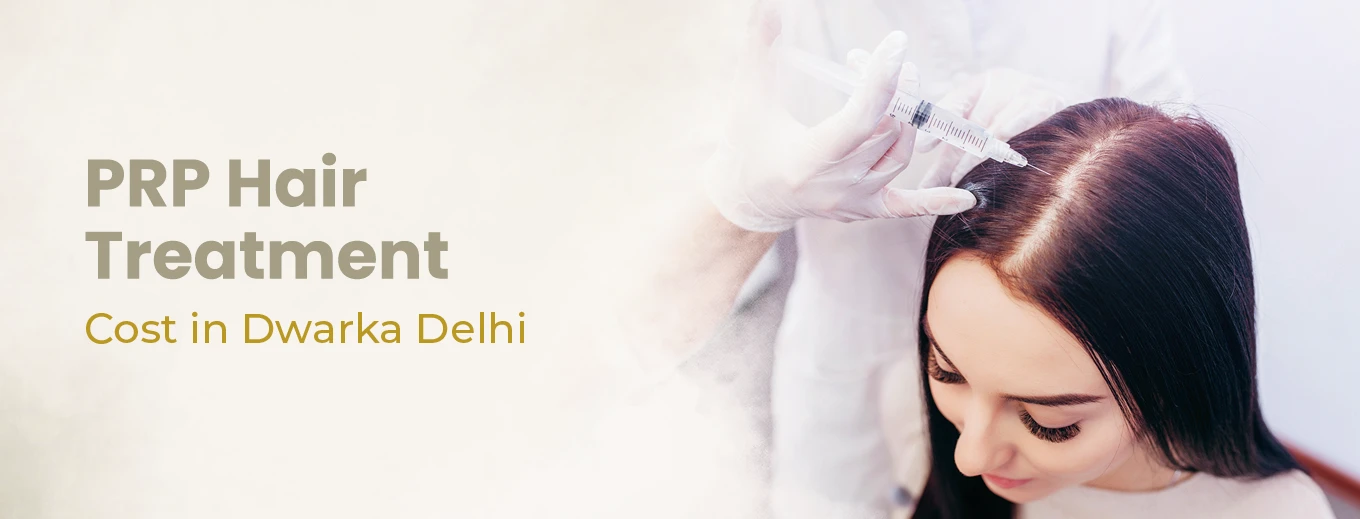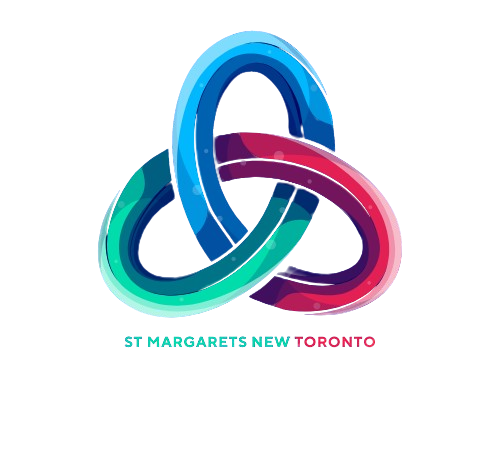Hair loss is a common concern affecting millions of people worldwide. From thinning hair to receding hairlines, the search for effective solutions is ongoing. One of the most promising treatments to emerge in recent years is Platelet-Rich Plasma (PRP) therapy. This innovative approach harnesses the body’s natural healing processes to combat hair loss and promote hair growth.

What is PRP Hair Loss Treatment?
PRP therapy involves using a patient’s own blood to stimulate hair growth. The process begins with a blood draw, similar to what you would experience during a routine medical check-up. The blood is then placed in a centrifuge, which spins it at high speed to PRPで女性の薄毛治療をする separate the platelets from the other blood components. These platelets are rich in growth factors, proteins that play a crucial role in healing and tissue regeneration.
Once the PRP is prepared, it is injected into the scalp at the level of the hair follicles. The growth factors in the PRP stimulate the activity of the hair follicles and promote new hair growth. This treatment is often used in conjunction with other hair restoration methods, such as hair transplants or topical treatments, to enhance results.
Benefits of PRP Hair Loss Treatment
- Minimally Invasive: PRP therapy is a minimally invasive procedure that involves only injections. There’s no surgery, and patients can typically resume their normal activities shortly after treatment.
- Natural and Safe: Since PRP uses the patient’s own blood, there is no risk of allergic reactions or adverse side effects. The body readily accepts the treatment, leading to natural and healthy hair growth.
- Effective for Various Hair Loss Conditions: PRP therapy can be effective for different types of hair loss, including androgenetic alopecia (male and female pattern baldness), alopecia areata, and even hair thinning due to stress or hormonal changes.
- Quick and Convenient: Each PRP session typically takes about 60 to 90 minutes. Most patients require a series of treatments over a few months to achieve optimal results.
- Long-Lasting Results: While PRP is not a permanent solution, many patients experience significant hair growth and thickening that can last for several months to years. Maintenance treatments may be recommended to sustain results.
What to Expect During and After PRP Treatment
Before beginning PRP therapy, patients usually undergo a consultation with a dermatologist or hair restoration specialist. During this consultation, the specialist will assess the patient’s hair loss condition, discuss their goals, and determine if PRP is the right option.
On the day of the procedure, the patient’s blood is drawn, and the PRP is prepared. The scalp may be numbed with a local anesthetic to minimize discomfort during the injections. Once the PRP is ready, it is carefully injected into the areas of the scalp where hair loss is most prominent.
After the procedure, patients may experience mild soreness or swelling in the treated areas, but these symptoms usually subside within a day or two. It is important to follow post-treatment care instructions, such as avoiding harsh shampoos and excessive sun exposure, to ensure the best results.
Is PRP Hair Loss Treatment Right for You?
PRP therapy is a suitable option for many people experiencing hair loss, but it may not be effective for everyone. Those with more advanced hair loss or certain medical conditions may need to explore alternative treatments. A consultation with a qualified specialist is the best way to determine if PRP is the right choice for your hair restoration journey.
Conclusion
PRP hair loss treatment offers a promising and natural approach to hair restoration. With its minimal invasiveness, safety profile, and effectiveness, it has become an increasingly popular option for individuals looking to regain their hair and confidence. If you’re struggling with hair loss, PRP therapy may be worth considering as part of your overall hair restoration plan.…
